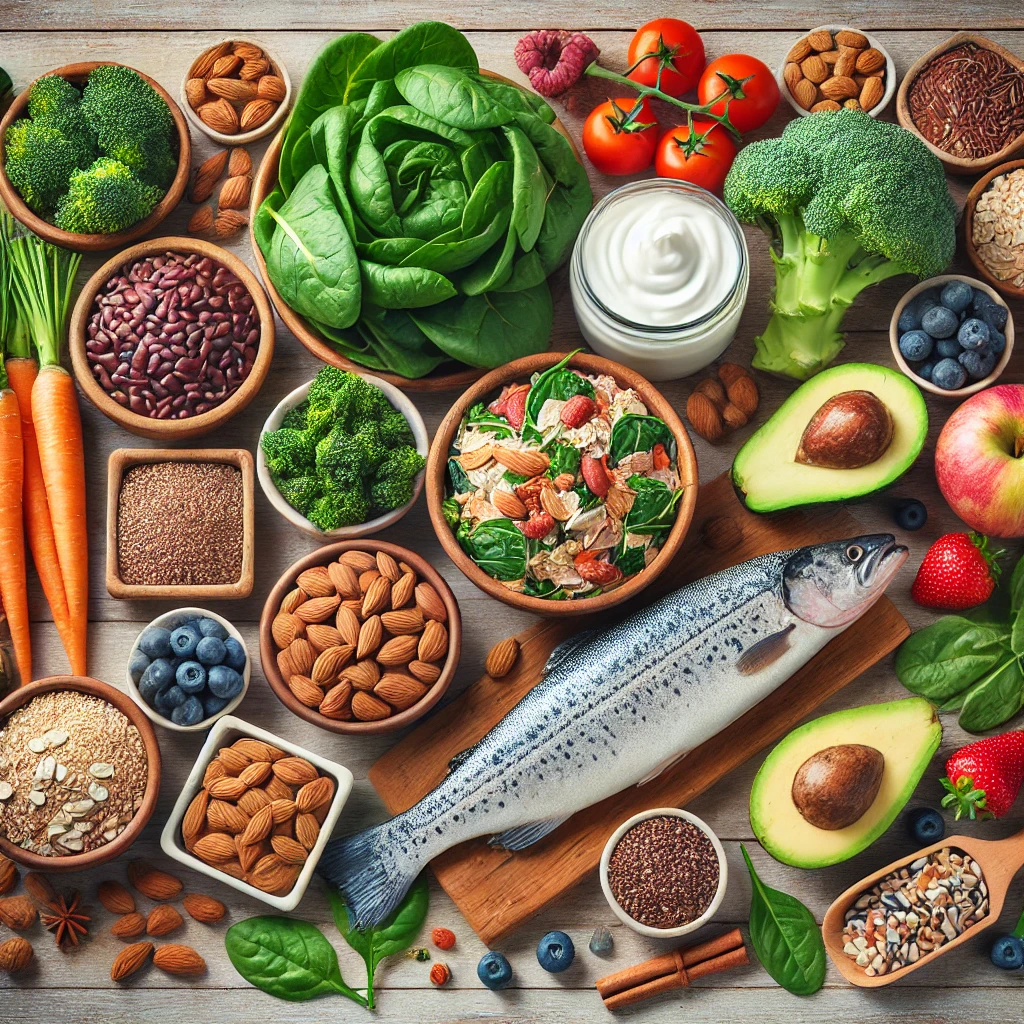Diabetes is a global health challenge that requires both medical and dietary management to maintain optimal blood sugar levels and prevent complications. Tailoring your diet to diabetes involves understanding the disease, choosing the right foods, and avoiding dietary pitfalls. Here’s a detailed guide on crafting the ideal diabetes diet.
Understanding Diabetes
What is Diabetes?
Diabetes is a metabolic disorder characterized by high blood glucose levels due to insufficient insulin production or the body’s inability to use insulin effectively. Insulin, a hormone produced by the pancreas, regulates blood sugar by helping glucose enter the cells for energy.
Types of Diabetes:
- Type 1 Diabetes: An autoimmune condition where the pancreas produces little or no insulin. It often appears in childhood or adolescence.
- Type 2 Diabetes: The most common type, usually linked to lifestyle factors like obesity and inactivity, where the body becomes resistant to insulin or doesn’t produce enough of it.
- Gestational Diabetes: Occurs during pregnancy and often resolves after childbirth, although it increases the risk of developing Type 2 diabetes later.
Causes and Symptoms:
- Causes: Genetics, obesity, sedentary lifestyle, and dietary habits play significant roles. Type 1 diabetes is primarily autoimmune, while Type 2 is strongly linked to lifestyle.
- Symptoms: Increased thirst, frequent urination, fatigue, blurred vision, and slow wound healing.
Foods to Include in a Diabetes Diet
1. Leafy Greens
Packed with fiber and antioxidants, spinach, kale, and other greens help stabilize blood sugar levels. Rich in magnesium and vitamin C, they also reduce inflammation.
2. Whole Grains
Barley, quinoa, and oatmeal are excellent sources of fiber and have a low glycemic index (GI), ensuring gradual increases in blood sugar.

3. Fatty Fish
Salmon, mackerel, and sardines are rich in omega-3 fatty acids, which help reduce inflammation and support heart health—a key concern for diabetes patients.
4. Beans and Legumes
Lentils, chickpeas, and black beans provide plant-based protein and soluble fiber, which slows glucose absorption.
5. Berries
Blueberries, strawberries, and raspberries are low-GI fruits rich in vitamins, fiber, and antioxidants, making them diabetes-friendly.
6. Nuts and Seeds
Almonds, walnuts, chia seeds, and flaxseeds are excellent sources of healthy fats, protein, and fiber, which help with glucose regulation.
7. Greek Yogurt
High in protein and probiotics, plain Greek yogurt can improve gut health and lower blood sugar levels when consumed in moderation.
8. Avocados
Rich in monounsaturated fats and low in carbs, avocados improve insulin sensitivity and promote heart health.
9. Sweet Potatoes
A great alternative to white potatoes, sweet potatoes have a lower GI and are high in fiber, vitamins, and antioxidants.
10. Cinnamon
Known for its potential to improve insulin sensitivity, adding a dash of cinnamon to meals can support better blood sugar control.
Foods to Avoid in a Diabetes Diet
1. Sugary Beverages
Sodas, energy drinks, and sweetened teas cause rapid blood sugar spikes and offer little nutritional value.
2. Refined Carbs
White bread, pasta, and pastries are high-GI foods that can quickly raise blood sugar levels.
3. Fried Foods
Deep-fried items like fries and fried chicken are calorie-dense, promote weight gain, and worsen insulin resistance.
4. Processed Snacks
Chips, crackers, and pre-packaged baked goods often contain unhealthy trans fats and refined sugars.
5. Sugary Breakfast Cereals
Most commercial cereals are loaded with sugar and lack fiber, making them unsuitable for blood sugar control.
6. Full-Fat Dairy
Butter, cream, and full-fat cheeses are high in saturated fats, which can exacerbate insulin resistance.
7. Tropical Fruits
Mangoes, pineapples, and bananas, though nutritious, have a higher GI and should be consumed in moderation.
8. Alcoholic Drinks
Excess alcohol can interfere with medications, cause fluctuations in blood sugar, and lead to weight gain.
9. Processed Meats
Bacon, sausages, and deli meats are high in sodium and preservatives, increasing the risk of heart disease.
10. Candies and Desserts
Sweets like candies, cakes, and ice cream should be avoided or consumed sparingly due to their high sugar content.
Practical Tips for Diabetes-Friendly Eating
- Portion Control: Use smaller plates and follow the plate method—fill half with non-starchy vegetables, a quarter with lean protein, and a quarter with whole grains.
- Carb Counting: Monitor carbohydrate intake and spread it evenly throughout the day.
- Stay Hydrated: Opt for water, herbal teas, or black coffee over sugary beverages.
- Meal Timing: Eat at consistent times to maintain stable blood sugar levels.
- Monitor Blood Sugar: Keep track of how different foods affect your glucose levels to customize your diet further.
Conclusion
Managing diabetes through diet is a lifelong commitment, but with the right food choices, it is possible to enjoy diverse and satisfying meals while keeping blood sugar levels under control. Prioritize whole, nutrient-dense foods and avoid high-GI and processed items. Always consult a registered dietitian or healthcare provider to tailor a plan to your individual needs.

